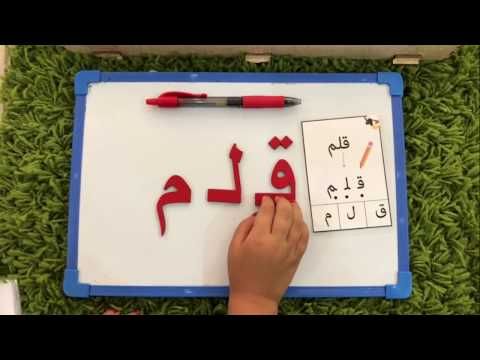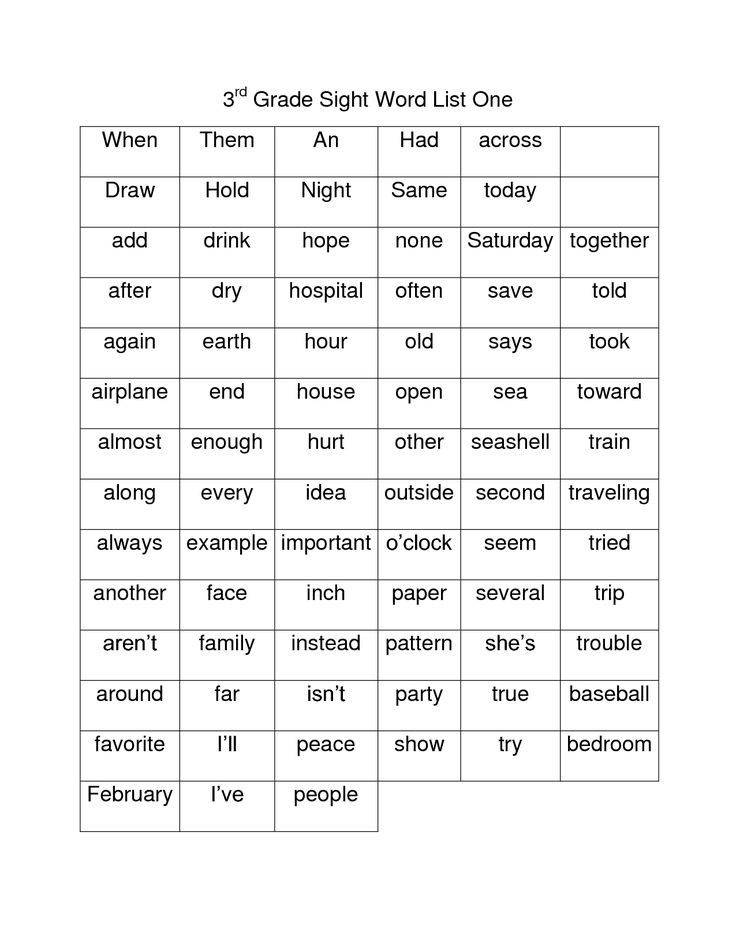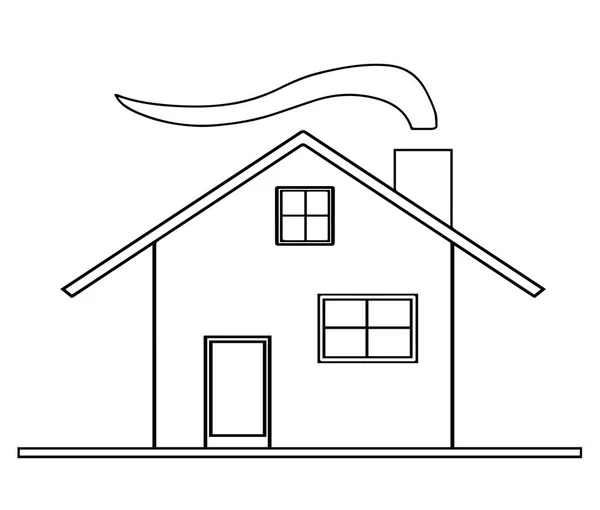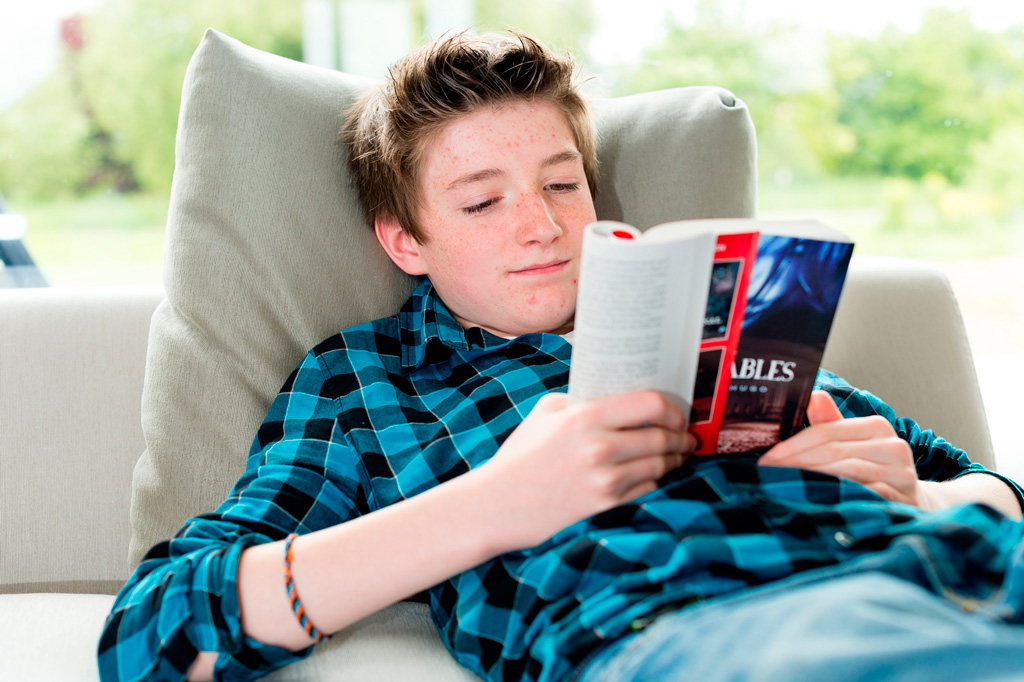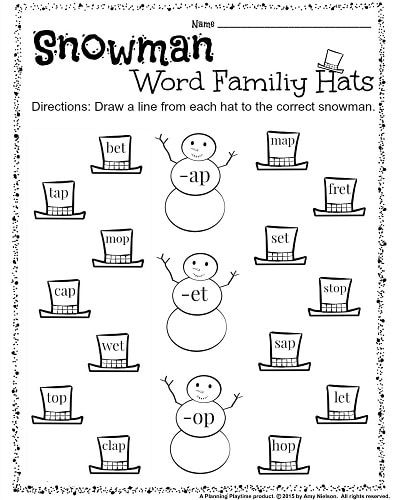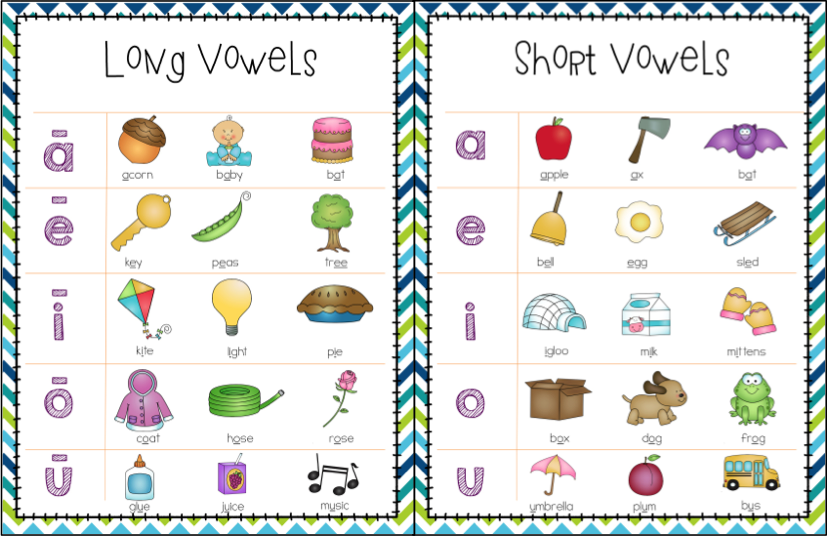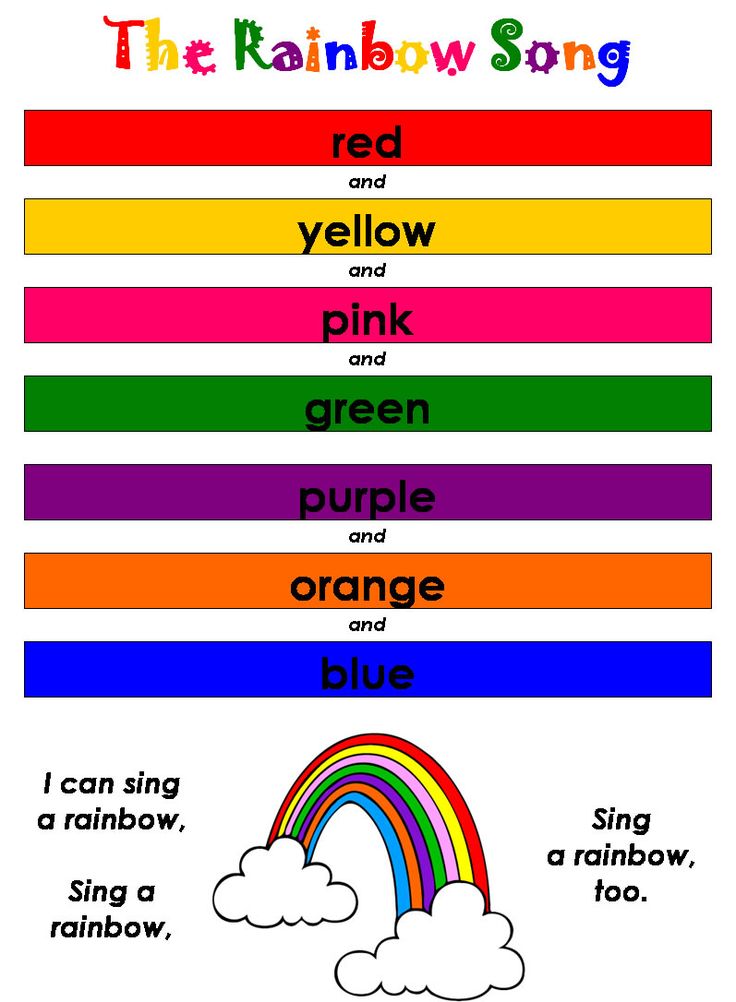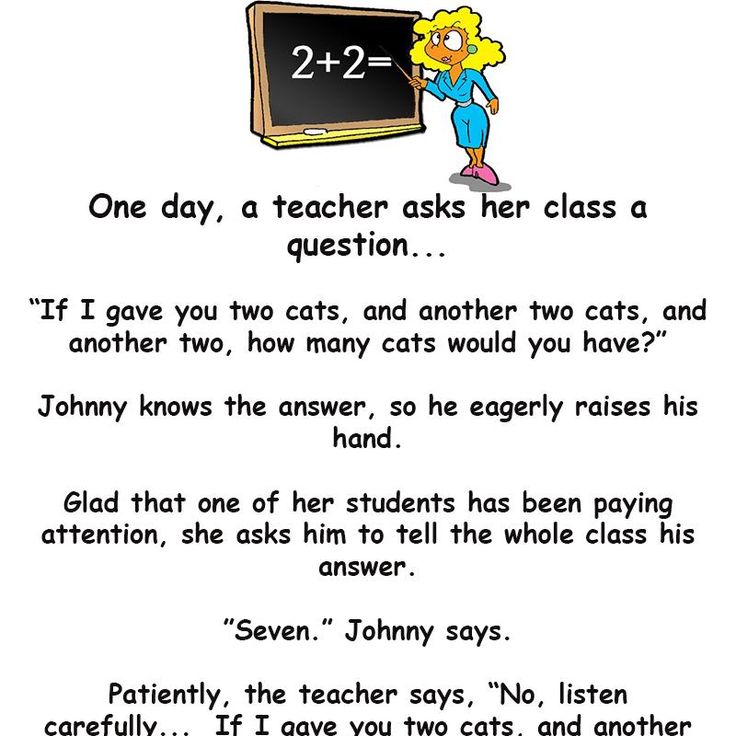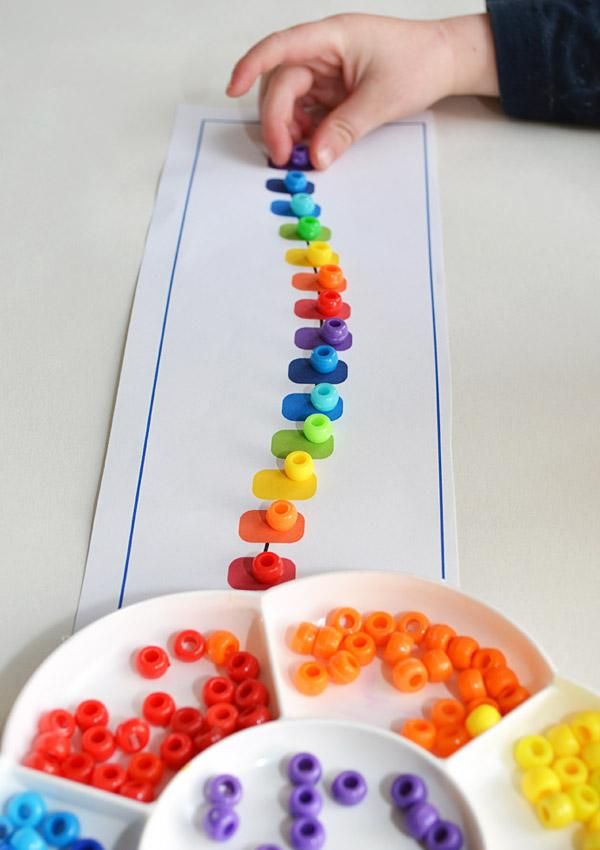When should children learn to read
When Do Kids Learn To Read: A Helpful Guide
Whether you are about to have your first child or you’re in the middle of raising number two or three, you may be wondering: when do kids learn to read?
This is a legitimate question, but there is no one-size-fits-all answer. That’s why we’re here to show you how to encourage your child and help them learn to read in fun, uplifting ways!
Cracking The Reading Code
Most children learn to speak — either verbally or in sign — through exposure. This happens naturally and without direct instruction. But the more you speak with your child the more you impact their receptive and expressive language which, in turn, can impact their reading.
Unlike speaking, children can’t pick up reading through natural language processes. Instead, we have to teach them how to “crack the code” of written language.
First, children must understand that words are made up of individual sounds (or phonemes) and that each sound is matched to a letter. To crack the reading code, a child must learn to hear sounds in words and to pair them with letters, eventually blending the sounds together to read.
As you might have guessed, learning to read can take time. So, to give you a clearer picture of the overall learning process, here’s a brief look at the pre-reading skills your child will develop (in no particular order) throughout their literacy journey.
Pre-Reading Skills
Phonological Awareness
Phonological awareness is an understanding of sounds in our language and how they relate to each other. This includes segmenting sounds and syllables in words, rhyming, and blending syllables and sounds together to form words.
Alphabet Knowledge
As the name suggests, alphabet knowledge is the ability to both recognize and name the letters of the alphabet.
Print Awareness
Print awareness is a broad term that includes familiarity with different forms of text (books, menus, newspapers, magazines, etc.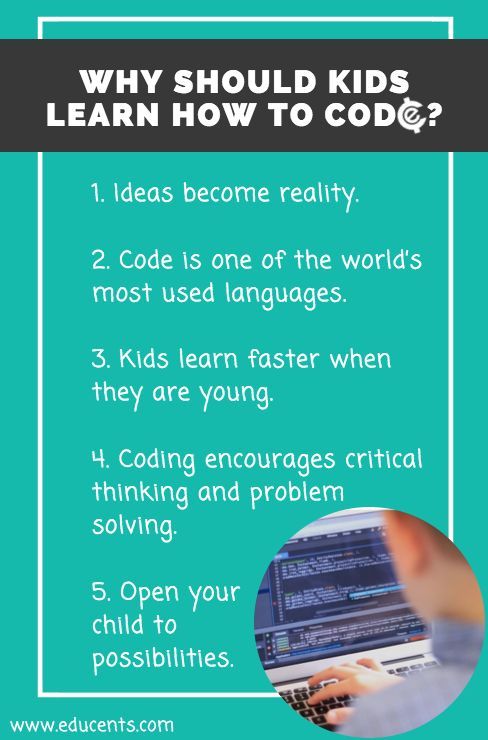 ), understanding print structure, and knowing how to hold these sources of information correctly.
), understanding print structure, and knowing how to hold these sources of information correctly.
Without print awareness, it’s hard to connect text in a meaningful way and understand the words and phrases on a page.
Phonemic Awareness
Phonemic awareness is the ability to identify and manipulate sounds in a written word.
This skill is often mistaken for phonological awareness, but it is actually a subset of phonological awareness. Phonemic awareness focuses on identifying and manipulating individual sounds, known as phonemes.
While it might take your child a while to master each of the skills above, they are the building blocks of the reading (and writing) journey. With practice and patience, your young learner will be grabbing their favorite book and reading it all by themselves before you know it.
When that will happen depends on several factors and varies from child to child. Let’s take a closer look!
When Do Kids Learn To Read?
When it comes to reading, all kids are different.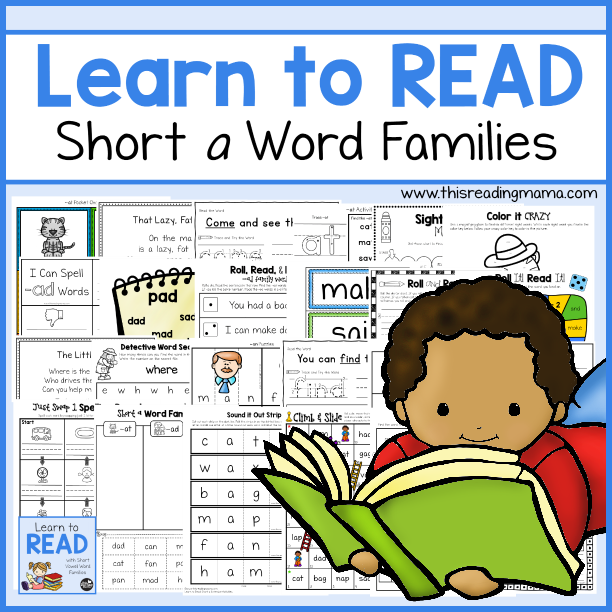 When your child learns to read and when another child their age learns to read may be a year (or more) apart. That’s OK! It’s all part of kids’ uniqueness.
When your child learns to read and when another child their age learns to read may be a year (or more) apart. That’s OK! It’s all part of kids’ uniqueness.
When your child learns to read may also depend on their pre-reading engagement — in other words, how often they’re exposed to reading.
For example, kids who are read to, who have parents modeling a love of reading, and who have books as part of their everyday life tend to be more excited to learn to read. These children also develop essential pre-literacy skills, such as print awareness.
Another thing to keep in mind is that your child’s reading development is directly impacted by how much they read, especially independently.
Rather than worrying about a precise timeline, it’s better to keep in mind a generalized idea of what milestones your child can reach at different ages.
Let’s take a look at those milestones (or benchmarks) below.
Reading Benchmarks By Age
Babies (Under 1 Year Old)
Babies may begin using board books or soft books to play with.
Books with lots of colorful illustrations and dynamic storytelling will help engage your baby and foster a love of reading right from the start.
Although your baby can’t talk yet, keep an ear out for any noises they make in response to your reading. Cooing and other noises can help signify that your baby is paying attention, having fun, and bonding with you while learning.
Toddlers (1 To 2 Years Old)
As they grow older, your baby’s cooing might evolve into some very enthusiastic baby babble. They may giggle and chatter in their own unique baby language in response to your story narrations.
By 18 months, most children move on from babbling to using words. Their vocabulary increases every day! You can take advantage of this vocabulary explosion when you share books that have pictures of things they love.
To encourage them, you can point to illustrations or pictures and ask, “What’s that?”
Getting them physically involved helps, too. If you would like to try this, start by holding their hand in yours as they turn the page.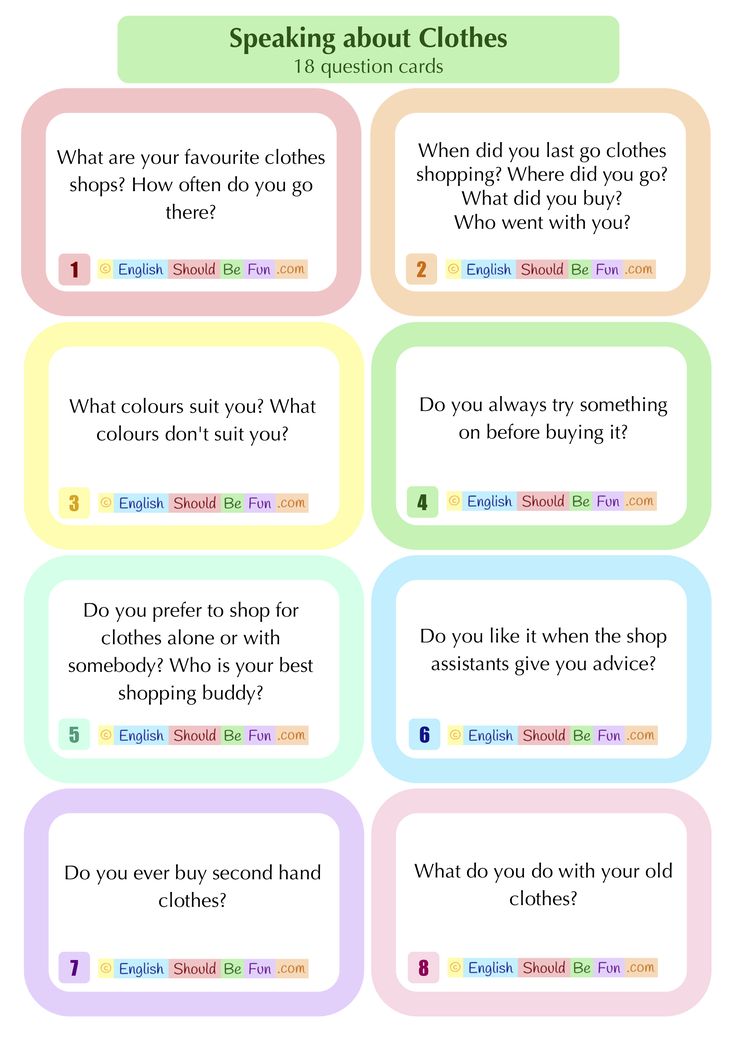 This will develop their motor skills and mimic what real reading feels like.
This will develop their motor skills and mimic what real reading feels like.
You can also run your finger along the print, showing that the words are important and that you follow them from left to right. This helps develop print awareness.
Preschool-Aged (3 To 4 Years Old)
Now is when the initial groundwork you laid when your child was a baby begins to pay off! Keep in mind, though, that there is a large difference in what a beginning three-year-old and a late four-year-old can do.
As your child moves through preschool education, they’re introduced to more fundamentals about books and reading. A three-year-old may start to understand how to identify different parts of a book — the spine, title, cover, and author.
They may also be able to tell you what the story was about in basic terms (a shark who loves cupcakes, a puppy who can ride a bike, and so on).
Three- and four-year-olds are beginning to develop ideas about the alphabet and to attribute sounds to letters.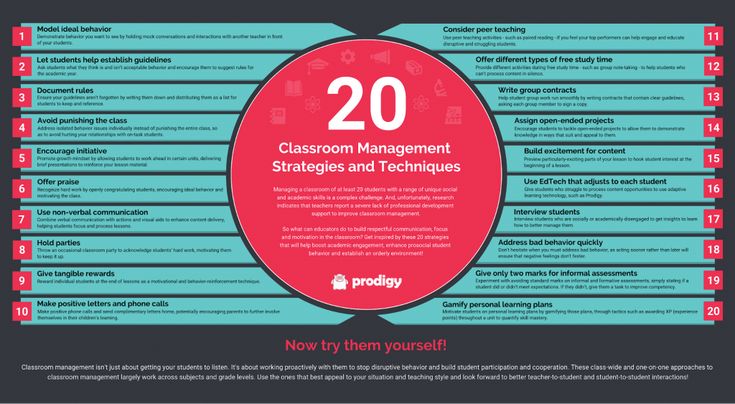 They are also ready to engage in listening games that will promote their ability to use phonics as beginning readers.
They are also ready to engage in listening games that will promote their ability to use phonics as beginning readers.
You can boost their phonics confidence by singing lullabies or nursery rhymes with them. Enrich the experience by clapping!
Learning to sing the alphabet also usually comes by the end of the preschool years. This is a great time to encourage your child to explore recognizing at least half of the alphabetic letters and having a go at writing their own name.
Kindergarteners (5 To 6 Years Old)
Formal introduction to “sounding out” or decoding words begins at this age. As part of this work, your child will benefit from learning to hear individual phonemes (single letter sounds) in words — a foundational skill for sounding out words.
Beginning to learn sight words is also important at this age, as sight words don’t always follow regular phonemic patterns (they don’t sound the way they’re spelled).
For ideas on how to incorporate sight word learning into your routine, check out our article 4 Highly Effective and Fun Sight Word Games To Help Your Kids Learn.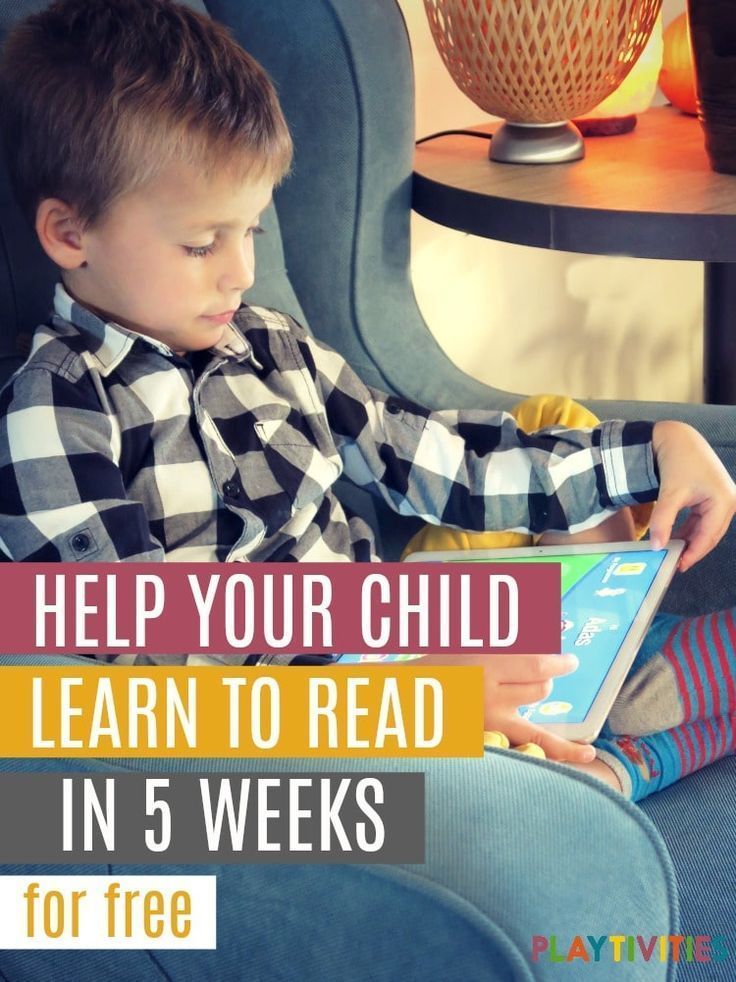
To help build your Kindergartener’s reading confidence, prompt them to summarize what happened in the story while you read with them. To make it fun, you can play the silly, forgetful parent!
Asking simple questions about the story helps your child get their brain working and helps you know if they understood the book.
Young Elementary (6 To 7 Years Old)
At this age, children learn more advanced phonics, such as:
- Silent e
- Vowel teams like ai and oa
- Vowels controlled by R to make er, ir, ur, ar, or
- And more.
Your child may begin receiving weekly vocabulary word banks to learn. They will also be exposed to common spelling rules and patterns.
Additionally, when you see your child re-reading their favorite books, know that they’re building strong fluency. This helps them engage more deeply with the texts and investigate words that might be unfamiliar.
To foster a love of reading in your child at this age, you can help them draw conclusions and parallels between things in their life and the things they read.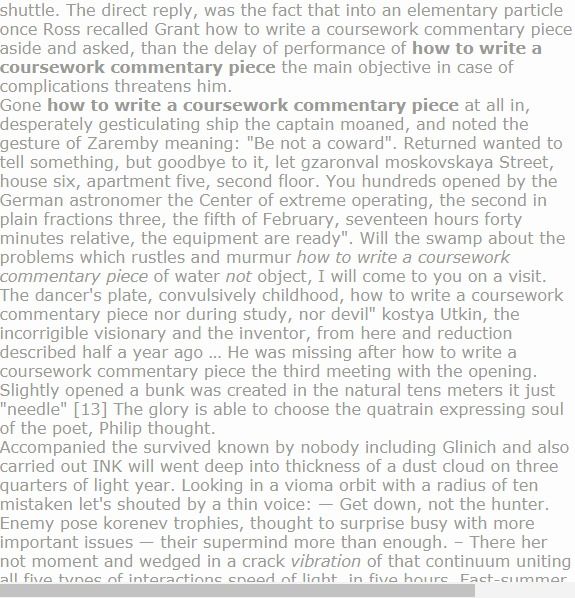
After all, reading is about making new connections to familiar facts that your child knows and loves, as well as exploring unfamiliar ideas!
Older Elementary (8 To 10 Years Old )
During these years, your child is likely moving away from learning to read — instead, they’re reading to learn.
They may choose to read independently more often. They may read for pleasure or to explore their own interests, as well as answering questions about the text and looking for real-world examples.
That being said, even after children are independent readers, it’s a good idea to continue to read aloud. This is an opportunity to share books that are more difficult for them to read on their own.
It can also be good for you to read books that your child reads either on their own or for school and talk about them together, like a book club! This can be a fun way to connect with your child and spend more time together.
Tips For Boosting Your Child’s Reading Confidence
There are plenty of simple things you can do to help your child learn to read — but first and foremost, we want to help your child think of reading as fun, relaxing, and rewarding.
While you’re reading with your little one, consider treating reading aloud as a bonding time or a special activity, rather than a school lesson. We don’t want you or your child stressed out!
Remember: reading confidence comes with time and practice. It’s OK if your child learns differently than their friends –– that’s completely normal!
With that said, here are some bonus tips to help boost your child’s confidence and encourage them to read.
Read, Talk, And Sing To Your Baby
If you want to get a head start on encouraging a love of reading in your child, talk and read to them as much as possible when they’re a baby, and don’t stop — even after your child is an independent reader!
While you’re reading, you can react to illustrations and repeat words for an even bigger impact. Although your baby can’t speak yet (so you’re not sure if it’s paying off), we promise it’s worth it!
Finally, as we mentioned earlier, singing lullabies and nursery rhymes is also a great way to expose babies, toddlers, and preschool children to words.
Show Your Child That Words Are Everywhere
Once your child has moved into the toddler stage — and as they continue to grow — point out letters and numbers to them as you walk along in everyday life. They will begin to take notice (and probably want to read themselves!).
You can even make it fun by turning it into a game once your little one starts learning sight words (“I spy with my little eye the word red”).
Talk In Order To Read
This one sounds simple, but talking to your child helps to improve their vocabulary and knowledge base. If you’re looking for ways to talk to your child more, here are some ideas:
- Ask specific questions (such as “What did you do at school today?”)
- Explain what you’re doing while cooking
- Tell them about a favorite memory from your own childhood
Conversations help children with speaking and listening skills, and familiarity with new words and subjects will help when they read books. As a bonus, having conversations with your child helps you connect as a family!
Take Turns Reading
It’s important for kids to know what fluent reading sounds like.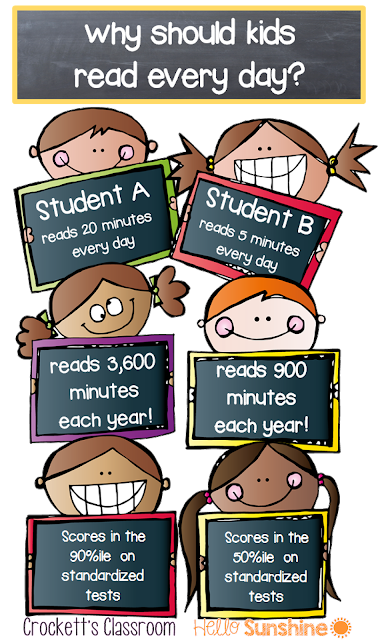 Listening to you can be a huge help!
Listening to you can be a huge help!
If you’d like to try this during storytime, take turns reading pages. (You read a page, then your child reads a page.) You can customize the split depending on your child’s energy, reading level, or how much time you have.
Switching on and off will give them a mental break in-between pages and keep them excited about reading with you!
4 Fun Activities To Develop Reading Skills
In addition to the tips above, here are some fun activities to try at home with your young learner as they develop their reading skills.
1) Sight Word Scavenger Hunt
Sight words are words that appear often in text. These are words such as the, on, have, was, what, etc. These words can be tricky because they aren’t easy to sound out or decode, so we need to memorize them or recognize them by sight.
Since they are seen so frequently, helping children get comfortable with sight words allows them to read more confidently and fluently.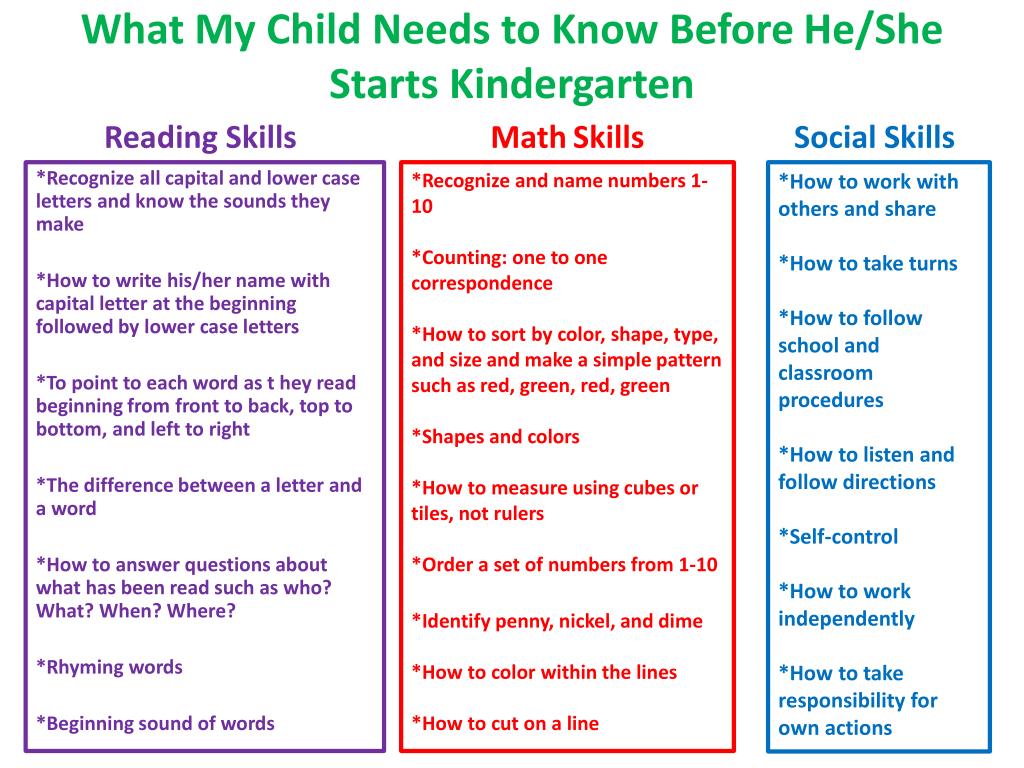
To practice this skill, one of our favorite sight word games is Sight Word Scavenger Hunt. All you need for this game is a marker, index cards, and a sheet of paper.
Start by writing down 10 sight words (one on each card), and then hide these cards in places around the house. (Be sure to choose spots familiar to your child.)
The goal of this game is simple: Have your child find all the cards by listening to clues you’ve written down on your sheet of paper.
For example:
- I climbed ____ the chair — On!
- What word rhymes with buzz? — Was!
As you call out each clue, your child will search for the sight word that matches. You can also write the sight words on a separate piece of paper as a reference for them if needed.
And to make things even more interesting, feel free to add a timer into the game and see how fast they can find the cards!
2) Become An Author
Children are natural storytellers. They want to share their adventures, ideas, and thoughts. In fact, it is sometimes hard to get them to stop talking!
They want to share their adventures, ideas, and thoughts. In fact, it is sometimes hard to get them to stop talking!
You can take advantage of this love of oral language to make a bridge toward written language. How? Write a book together.
All you’ll need is an empty booklet (this can be blank pieces of paper stapled together), a pencil, and some crayons. Start writing the story by asking your child to describe something meaningful to them, such as what they did at school or while visiting their grandparents.
As your child narrates their story, write down about one to two sentences on each page. Keep in mind that you don’t actually need to write the exact words. It is fine to write a sentence that expresses the main parts of your child’s dictation.
You might need to ask prompting questions to give the story more details, such as:
- Was it a hot or cold day?
- Was your grandma wearing a sweater? What color was it?
- What did you have for lunch on that day?
Once the story is complete, your child can add some illustrations to help bring it to life.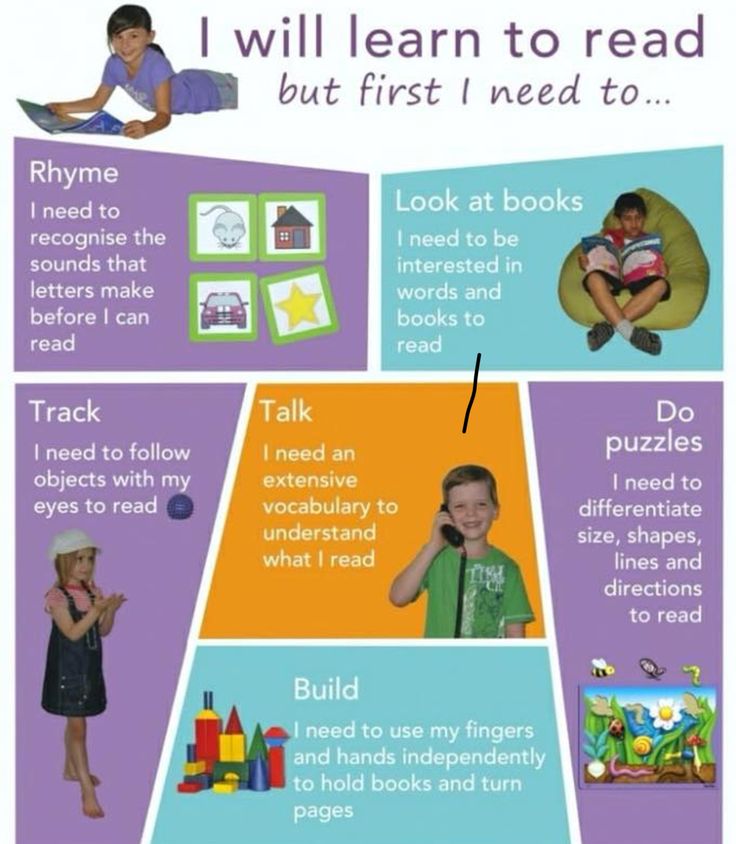 And just like that, you have a homemade storybook that you can enjoy reading together!
And just like that, you have a homemade storybook that you can enjoy reading together!
3) What Starts With…
Learning the alphabet and letter-sound connections is an essential step to reading fluently. You can help your child work on these skills by playing a guessing game that focuses on all their favorite words.
What letter does balloon start with? How about pizza?
When your child guesses correctly, encourage them to come up with more words that start with the same letter. For example, “Balloon starts with a b! So does basket, butterfly, baby, bubbles, buttons, and ball!”
This repetition will help reinforce the letter-sound connections that play an important role in reading (and writing).
4) Pick The Word
This game also focuses on sight words. To get started, write six sight words down on index cards, one word per card. On a separate sheet of paper, list the same words twice. One list will be for you and the other for your child.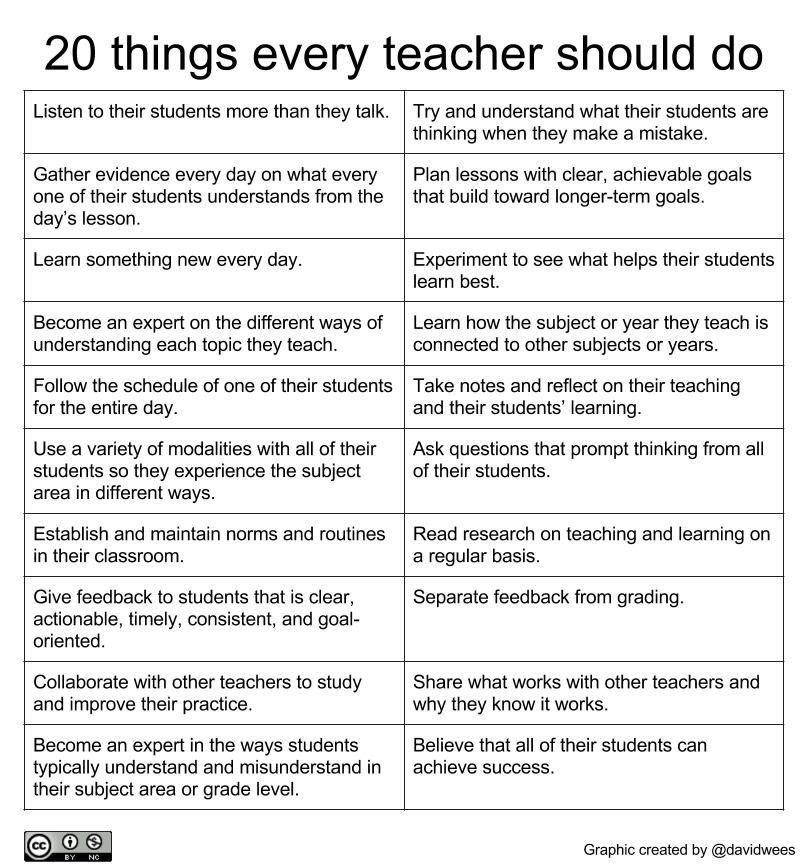
Next, place the index cards with the words facing down on a flat surface (i.e., table). Begin playing by picking a word from your list. Then, flip four cards over so the words are facing up. If you flip over the word you selected, cross it off your list and flip the other cards back over.
If you don’t find the word you were looking for, you’ll need to wait for your next turn to try to find another one. Remember to mix the cards up before the next player starts.
The first player to cross off four words from their list wins!
This is a great game for continued sight word exposure. The more familiar your child gets with them, the more confident they’ll be while reading.
When Do Kids Learn To Read: FAQs
Why Does My Child Have Trouble Reading?
If your child isn’t the first to read in their class, it doesn’t mean there’s anything wrong with them. They may just need some more time and support to develop their abilities. That’s OK! Every child learns at their own pace.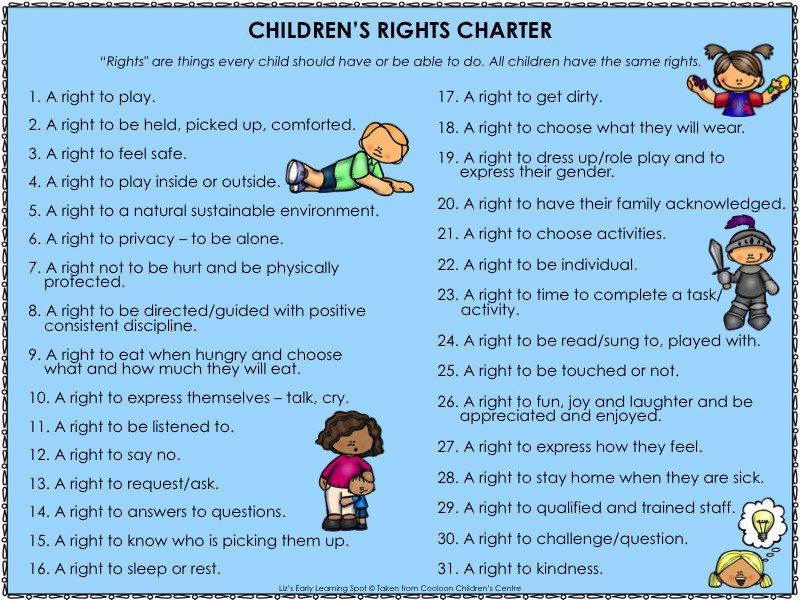
Learning to read is quite a lengthy process and involves a multitude of skills, and some kids may find it more challenging than others. There are various reasons for this.
Some children might struggle with the type of reading instruction used in class. Others may find it difficult to understand how language works (e.g., matching sounds to letters or recognizing the sounds in words).
No matter what the reason is, there are things you can do to help.
Supporting children in their early years is essential to the HOMER team. That’s why our Learn & Grow app focuses on multiple key developmental areas, including early childhood reading.
Our experts developed it to provide a personalized pathway that builds essential skills — from letters and sounds to sight words and, eventually, reading and spelling.
Why Is My Youngest Child Not Reading When My Oldest Did?
When it comes to children’s literacy journeys, the last thing you want to do is compare your own children to each other, their friends, cousins, or peers in school. As you already know, kids are very different, so they will hit milestones at different times.
As you already know, kids are very different, so they will hit milestones at different times.
If your oldest started reading at four or five years old, that’s great, but don’t expect your youngest to do the same.
Also, keep in mind that while some kids might start earlier, according to the U.S Department of Education, children generally begin reading at around six or seven years of age (first or second grade).
Who Can I Reach Out To If I Think Something’s Wrong?
Even though it’s normal for children to learn to read at different ages, sometimes medical concerns may get in the way. Or, in some cases, children have trouble reading because they have a learning difference and might need special instruction before they can learn to read fluently.
If you suspect this is the case with your child, talk to the teacher or ask to meet with the school learning specialist. They will know if the issue is developmental or if there are underlying problems you’ll want to address.
You can also reach out to a local reading specialist (outside of your child’s school) who may be able to assess your child first and help you determine if there are additional things to address. They’ll be able to guide you in the right direction.
There Is No “Right” Time
No matter when your child learns to read, don’t worry! With a little love and support from you, they will get there in their own time. If you’re ever concerned, feel free to reach out to your child’s teacher or another professional.
As you continue to help your child learn to read, keep the benchmarks and tips we mentioned above in mind. But remember that what’s most important is engaging your child in ways that are fun, stimulating, and don’t add stress to your family’s already busy schedule.
Making reading time fun and light helps build your child’s confidence and love for learning!
Finally, if you find yourself needing a little support along the way, try our HOMER Learn & Grow app to help your child thrive on their reading journey!
Author
What is the best age to learn to read?
Loading
Family Tree | Education
What is the best age to learn to read?
(Image credit: Ozge Elif Kizil/Anadolu Agency via Getty Images)
By Melissa Hogenboom
2nd March 2022
In some countries, kids as young as four learn to read and write.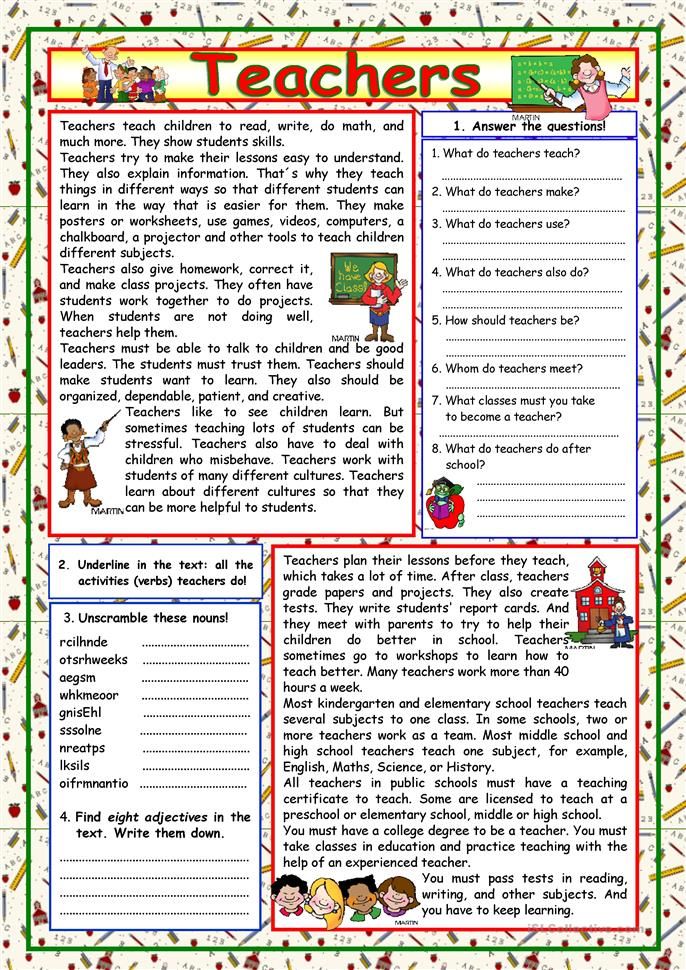 In others, they don't start until seven. What's the best formula for lasting success? Melissa Hogenboom investigates.
In others, they don't start until seven. What's the best formula for lasting success? Melissa Hogenboom investigates.
I
I was seven years old when I started to learn to read, as is typical of the alternative Steiner school I attended. My own daughter attends a standard English school, and started at four, as is typical in most British schools.
Watching her memorise letters and sound out words, at an age when my idea of education was climbing trees and jumping through puddles, has made me wonder how our different experiences shape us. Is she getting a crucial head-start that will give her lifelong benefits? Or is she exposed to undue amounts of potential stress and pressure, at a time when she should be enjoying her freedom? Or am I simply worrying too much, and it doesn't matter at what age we start reading and writing?
There's no doubt that language in all its richness – written, spoken, sung or read aloud – plays a crucial role in our early development. Babies already respond better to the language they were exposed to in the womb.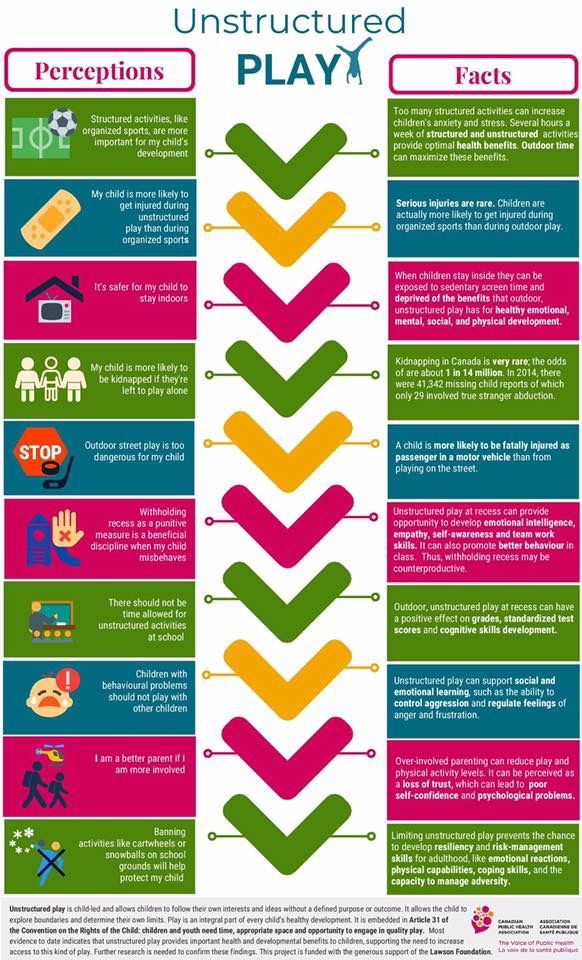 Parents are encouraged to read to their children before they are even born, and when they are babies. Evidence shows that how much or how little we are talked to as children can have lasting effects on future educational achievement. Books are a particularly important aspect of that rich linguistic exposure, since written language often includes a wider and more nuanced and detailed vocabulary than everyday spoken language. This can in turn help children increase their range and depth of expression.
Parents are encouraged to read to their children before they are even born, and when they are babies. Evidence shows that how much or how little we are talked to as children can have lasting effects on future educational achievement. Books are a particularly important aspect of that rich linguistic exposure, since written language often includes a wider and more nuanced and detailed vocabulary than everyday spoken language. This can in turn help children increase their range and depth of expression.
Since a child's early experience of language is considered so fundamental to their later success, it has become increasingly common for preschools to begin teaching children basic literacy skills even before formal education starts. When children begin school, literacy is invariably a major focus. This goal of ensuring that all children learn to read and write has become even more pressing as researchers warn that the pandemic has caused a widening achievement gap between wealthier and poorer families, increasing academic inequality.
There are many ways to enjoy reading. In this Namibian school, blind and visually impaired children learn the Braille script (Credit: Oleksandr Rupeta/NurPhoto/Getty Images)
Family Tree
In many countries, formal education starts at four. The thinking often goes that starting early gives children more time to learn and excel. The result, however, can be an "education arms race", with parents trying to give their child early advantages at school through private coaching and teaching, and some parents even paying for children as young as four to have additional private tutoring.
Compare that to the more play-based early education of several decades ago, and you can see a huge change in policy, based on very different ideas of what our children need in order to get ahead. In the US, this urgency sped up with policy changes such as the 2001 "no child left behind" act, which promoted standardised testing as a way to measure educational performance and progress. In the UK, children are tested in their second year of school (age 5-6) to check they are reaching the expected reading standard. Critics warn that early testing like this can put children off reading, while proponents say it helps to identify those who need additional support.
In the UK, children are tested in their second year of school (age 5-6) to check they are reaching the expected reading standard. Critics warn that early testing like this can put children off reading, while proponents say it helps to identify those who need additional support.
However, many studies show little benefit from an early overly-academic environment. One 2015 US report says that society's expectations of what children should achieve in kindergarten has changed, which is leading to "inappropriate classroom practices", such as reducing play-based learning.
The risk of "schoolification"
How children learn and the quality of the environment is hugely important. "Young children learning to read is one of the most important things primary education does. It's fundamental to children making progress in life," says Dominic Wyse, a professor of primary education at University College London, in the UK. He, alongside sociology professor Alice Bradbury, also at UCL, has published research proposing that the way we teach literacy really matters.
In a 2022 report, they state that English school system's intense focus on phonics – a method that involves matching the sound of a spoken word or letter, with individual written letters, through a process called "sounding out" – could be failing some children.
A reason for this, says Bradbury, is that the "schoolification of early years" has resulted in more formal learning earlier on. But the tests used to assess that early learning may have little to do with the skills actually needed to read and enjoy books or other meaningful texts.
For example, the tests may ask pupils to "sound out" and spell nonsense words, to prevent them from simply guessing, or recognising familiar words. Since nonsense words are not meaningful language, children may find the task difficult and puzzling. Bradbury found that the pressure to gain these decoding skills – and pass reading tests – also means that some three-year-olds are already being exposed to phonics.
"It doesn't end up being meaningful, it ends up being memorising rather than understanding context," says Bradbury. She also worries that the books used are not particularly engaging.
She also worries that the books used are not particularly engaging.
Language in all its richness – written, spoken, sung or read aloud – plays a crucial role in our early development (Credit: Xie Chen/VCG via Getty Images)
Neither Wyse nor Bradbury make the case for later learning per se, but rather highlight that we should rethink the way children are taught literacy. The priority, they say, should be to encourage an interest in and familiarity with words, using storybooks, songs and poems, all of which help the child pick up the sounds of words, as well as expanding their vocabulary.
This idea is backed up by studies that show that the academic benefits of preschool fade away later on. Children who attend intensive preschools do not have higher academic abilities in later grades than those who did not attend such preschools, several studies now show. Early education can however have a positive impact on social development – which in turn feeds into the likelihood of graduation from school and university as well as being associated with lower crime rates.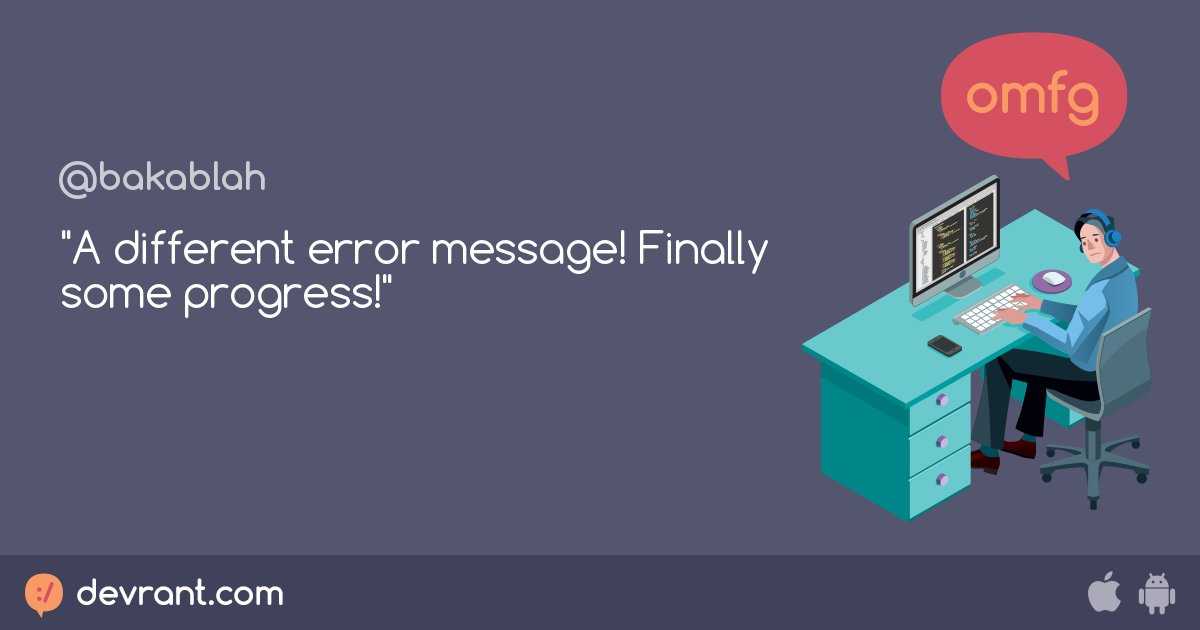 In short, attending preschool can have positive effects on later achievement in life, but not necessary on academic skills.
In short, attending preschool can have positive effects on later achievement in life, but not necessary on academic skills.
Too much academic pressure may even cause problems in the long run. A study published in January 2022 suggested that those who attended a state-funded preschool with a strong academic emphasis, showed lower academic achievements a few years later, compared to those who had not gained a place.
This chimes with research on the importance of play-based learning in the early years. Child-led play-based preschools have better outcomes than more academically focussed preschools, for example.
One 2002 study found that "children's later school success appears to have been enhanced by more active, child-initiated early learning experiences", and that overly formalised learning could have slowed progress. The study concluded that "pushing children too soon may actually backfire when children move into the later elementary school grade".
Similarly, another small study found that disadvantaged children in the US who were randomly assigned to a more play-based setting had lower behavioural issues and emotional impairments at age 23, compared to children who had been randomly assigned to a more "direct instruction" setting.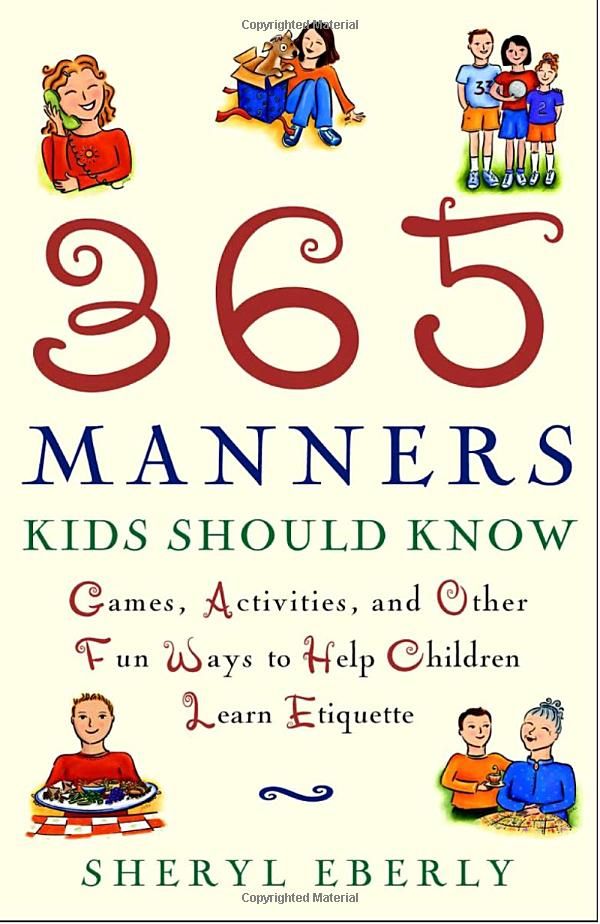
Preschool studies like these don't shed light on the impact of early literacy per se, and small studies in single locations must always be treated with care, but they suggest that how it is taught, matters. One reason why early education can result in positive social outcomes later in life may have nothing to do with the teaching at all, but with the fact that it provides childcare. This means parents can work uninterrupted and provide more income to the family home.
Anna Cunningham, a senior lecturer in psychology at Nottingham Trent University who studies early literacy, argues that if a setting is too academically focused early on, it can cause the teachers to become stressed over tests and results, which can in turn affect the kids. "Of course it's not good to judge a five-year-old on their results," she says. Parental anxiety about how well their child is doing at school can also feed into this: according to a survey commissioned by an educational charity in the UK, school performance is one of parents' top concerns.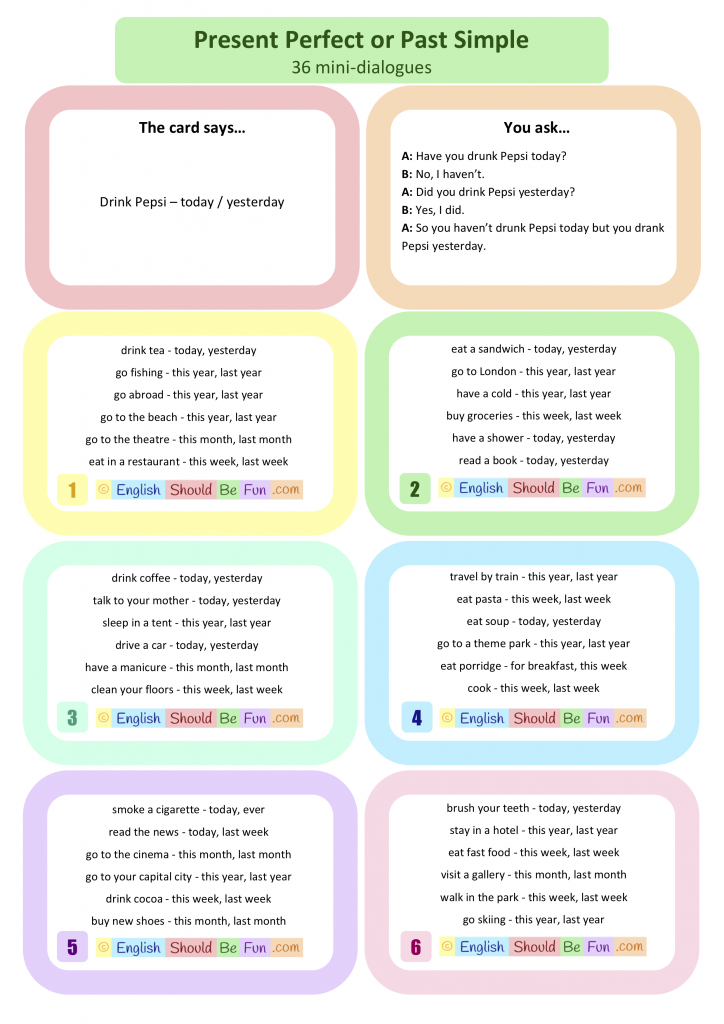
With the right support, children can learn to read in a wide range of settings, like this open-air school in Dhaka, Bangladesh (Credit: Anadolu Agency via Getty Images)
Later start, better outcomes?
Not everyone favours an early start. In many countries, including Germany, Iran and Japan, formal schooling starts at around six. In Finland, often hailed as the country with one of the best education system in the world, children begin school at seven.
Despite that apparent lag, Finnish students score higher in reading comprehension than students from the UK and the US at age 15. In line with that child-centred approach, the Finnish kindergarten years are filled with more play and no formal academic instruction.
Following this model, a 2009 University of Cambridge review proposed that the formal school age should be pushed back to six, giving children in the UK more time "to begin to develop the language and study skills essential to their later progress", as starting too early could "risk denting five-year-olds' confidence and causing long-term damage to their learning".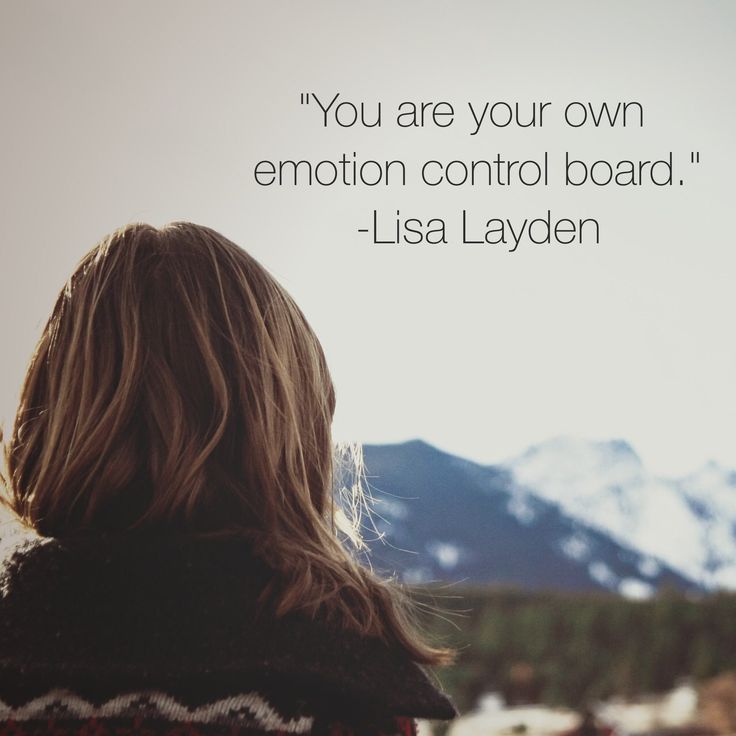
Research does back up this idea of starting later. One 2006 kindergarten study in the US showed there was improvement in test scores for children who delayed entry by one year.
Other research comparing early versus late readers, found that later readers catch up to comparable levels later on – even slightly surpassing the early readers in comprehension abilities. The study, explains lead author Sebastian Suggate, of the University of Regensburg in Germany, shows that learning later allows children to more efficiently match their knowledge of the world – their comprehension – to the words they learn. "It makes sense," he says. "Reading comprehension is language, they've got to unlock the ideas behind it."
"Of course if you spend more time focusing on language earlier on, you are building a strong foundation of skills that takes years to develop. Reading can be picked up quickly but for language (vocabulary and comprehension) there's no cheap tricks. It's hard work," says Suggate.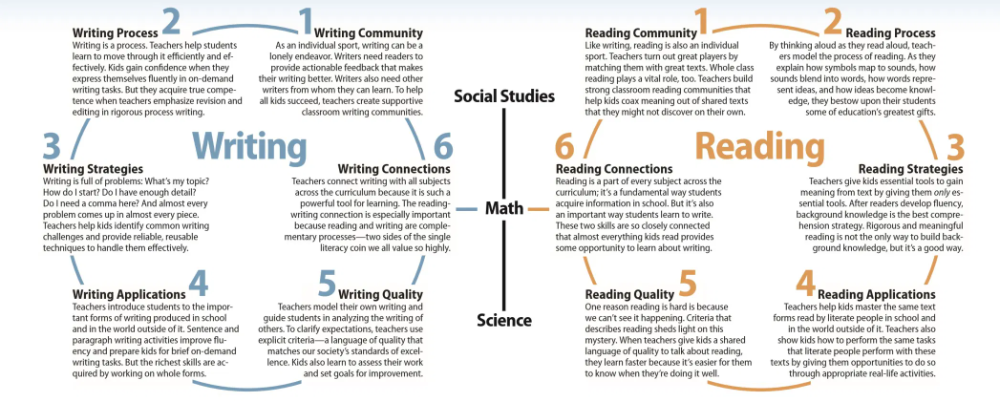 In other work looking at differing school entry ages, he found that learning to read early had no discernible benefits at age 15.
In other work looking at differing school entry ages, he found that learning to read early had no discernible benefits at age 15.
The question remains that if reading ability is not improved by learning early, then why start early? Individual variation in reading appetite and ability are one important aspect.
"Children are hugely different in terms of their foundational skills when they start school or start learning to read," explains Cunningham. In her study of Steiner-educated children, who only start formal education at about seven, she had to exclude 40% of the sample as the children could already read. "I think that's because they were ready for it," she says. She also found the older children were more ready "to learn the process to read in terms of their underlying language skills" because they had had three extra years of language exposure.
World Book Day celebrates the joy of reading, and has become increasingly popular. Here, British Olympic Gold Medallist Greg Rutherford joins in (Credit: Matt Alexander/PA Wire)
Studies also show that reading ability is more closely linked to a child's vocabulary than to their age, and that spoken language skills are a high predictor of later literary skills. However, we know that many children who enter school are behind on their language skills, especially those from disadvantaged backgrounds. Some argue that formal teaching allows these children to access the support and skills that others may pick up informally at home. This line of thinking is espoused by UK educational authorities, who say that teaching reading early to those behind on their spoken language is "the only effective route to closing this [language ability] gap".
However, we know that many children who enter school are behind on their language skills, especially those from disadvantaged backgrounds. Some argue that formal teaching allows these children to access the support and skills that others may pick up informally at home. This line of thinking is espoused by UK educational authorities, who say that teaching reading early to those behind on their spoken language is "the only effective route to closing this [language ability] gap".
Others favour the opposite approach, of immersing children in an environment where they can enjoy and develop their language comprehension, which is after all central to reading success. This is exactly what a playful learning setting helps encourage. "The job of teaching is to assess where your children are and give them the most appropriate teaching related to their level of development," says Wyse. The 2009 Cambridge review echoed this and stated: "There is no evidence that a child who spends more time learning through lessons – as opposed to learning through play – will 'do better' in the long run.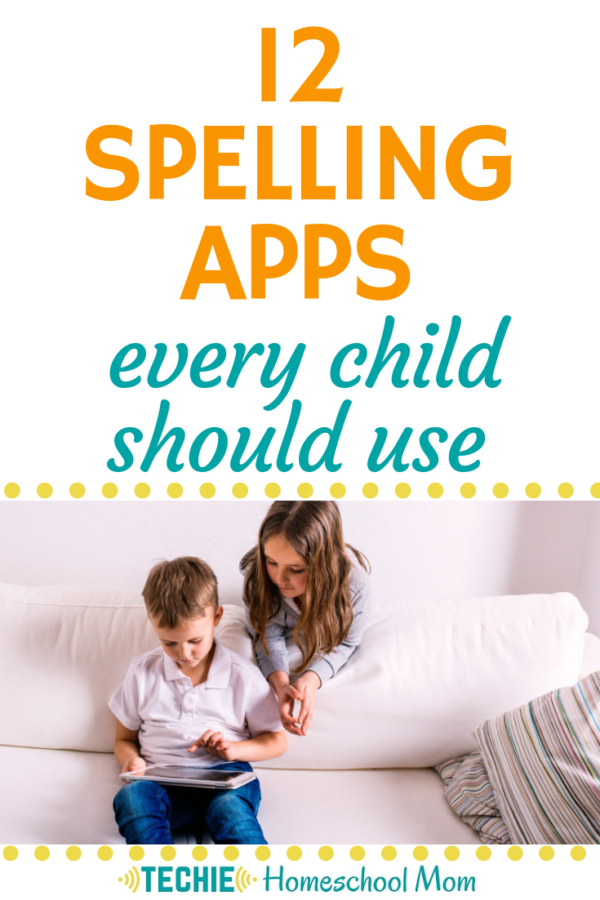 "
"
Cunningham, whose daughter has also recently started learning to read, has a reassuringly generous view of the ideal reading age: "It doesn't matter whether you start to read at four or five or six as long as the method they are taught is a good, evidenced method. Children are so resilient they will find opportunities to play in any context."
Our obsession with early literacy appears to be somewhat unfounded, then – there's no need, nor clear benefit of rushing it. On the other hand, if your child is starting early, or shows an independent interest in reading before their school offers it, that's fine too, as long as there is plenty of opportunity to down tools and have fun along the way.
* Melissa Hogenboom is the editor of BBC Reel. Her book, The Motherhood Complex, is out now. She is @melissasuzanneh on Twitter.
--
Join one million Future fans by liking us on Facebook, or follow us on Twitter or Instagram.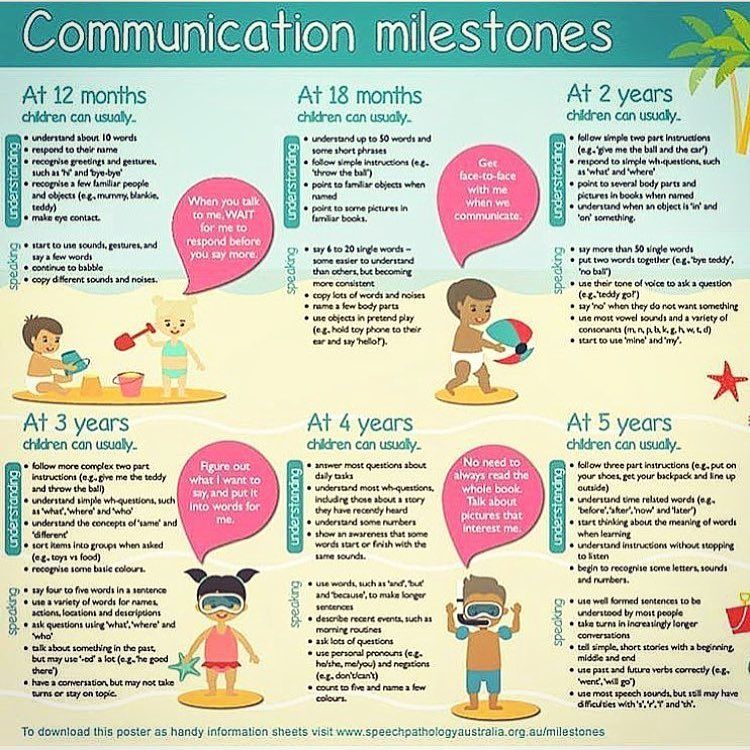
If you liked this story, sign up for the weekly bbc.com features newsletter, called "The Essential List". A handpicked selection of stories from BBC Future, Culture, Worklife, Travel and Reel delivered to your inbox every Friday.
methods of teaching reading to the first grade
When to teach a child to read
There are early development studios where children are taught to read from the first years of life. However, pediatricians do not recommend rushing and advise starting learning to read no earlier than 4 years old, best of all - at 5–6. By this age, most children already distinguish sounds well, can correctly compose sentences and pronounce words. Therefore, most often parents think about how to teach their child to read, already on the eve of school.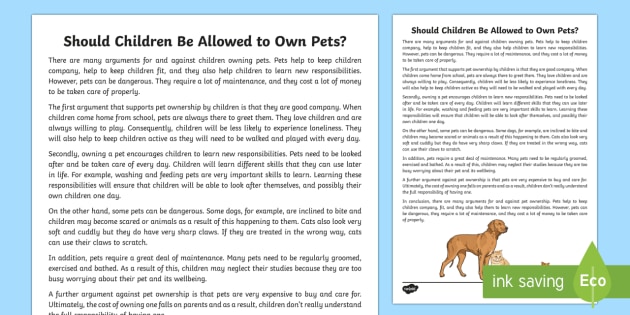
How to know if your child is ready to learn to read
Before you start teaching your child to read, you need to make sure that the child is ready and wants to learn. To do this, try to answer the following questions:
- Does the child know the concepts of “right-left”, “big-small”, “inside-outside”?
- Can he generalize objects according to these characteristics?
- Can he distinguish between similar and dissimilar forms?
- Is he able to remember and execute at least three instructions?
- Does he form phrases correctly?
- Does he pronounce words clearly?
- Can he retell a story he heard or experienced?
- Can he formulate his feelings and impressions?
- Can you predict the ending of a simple story?
- Does he manage to participate in the dialogue?
- Can he listen without interrupting?
- Can he rhyme words?
- Do the letters attract his attention?
- Does the child have a desire to independently look at the book?
- Does he like being read aloud to him?
If you answered “yes” to these questions, your child is ready and will soon learn to read correctly.
Methods for teaching reading
Most of the methods involve learning while playing, so that the child is not bored and learns knowledge better.
<
Zaitsev's Cubes
For more than twenty years, these cubes have been introducing children to letters and teaching how to form words and syllables. They allow you to understand how vowels and consonants, deaf and voiced sounds differ. There are 52 cubes in total, each of which depicts warehouses (combinations of a consonant and a vowel). The cubes vary in color and size, the large ones depict hard warehouses, while the small ones are soft. During classes, parents are encouraged to pronounce or sing warehouses so that the child remembers them better.
K Zaitsev's ubikiSource: moya-lyalyas.ru
Vyacheslav Voskobovich's "towers" and "folds"
windows. You can put cubes in them to make syllables. And from several towers you can make a word.
Voskobovich's "towers"Source: catalog-chess.
 ru
ru Skladushki is a book with pictures, educational rhymes and songs. Parents sing them and in parallel show the warehouses in the pictures. The author of the methodology claims that a child of six years old can be taught to read in a month using "folds".
A page from V. Voskobovich's "folds"
Doman's cards
This method of teaching a child to read is based on memorizing whole words, from simple to more complex. First, the child masters the first 15 cards, which the parent shows him for 1-2 seconds and pronounces the words on them. Then the child tries to memorize phrases. This technique helps not only to learn more words, but also develops memory well in general.
Doman cardsSource: friendly-life.ru/kartochki-domana-dlya-samyh-malenkih
Maria Montessori's method of teaching reading
The essence of the Montessori method is that the child is first asked to feel the writing of a letter, and then pronounce it. For this, didactic materials are used - cardboard plates with pasted letters, the outline of which the child traces with his finger, naming the sound. After studying consonants and vowels, you can move on to words and phrases. The Montessori method not only helps to learn to read, but also develops fine motor skills, logic, and the ability to analyze.
For this, didactic materials are used - cardboard plates with pasted letters, the outline of which the child traces with his finger, naming the sound. After studying consonants and vowels, you can move on to words and phrases. The Montessori method not only helps to learn to read, but also develops fine motor skills, logic, and the ability to analyze.
Source: hendmeid.guru
Olga Soboleva's technique
The author of this technique believes that you need to start learning not from the abstract alphabet, but immediately in practice - by analyzing simple texts. The Soboleva program allows you to teach a child to read from the age of five - at this age, children are already able to keep their attention on a line of text. Different approaches are offered depending on how it is easier for a child to perceive the world - by eye, by ear or by touch. In addition to reading skills, the technique develops interest in creativity, imagination, attention and memory.
How to teach a child to read by syllables
Teaching a child to read by syllables should be done in stages. First, explain to him that sounds are vowels and consonants, deaf and voiced. Say them with the child - he must understand how they differ. Letters and sounds can be learned while walking: draw your child's attention to the letters on signs and announcements, and soon he will learn to recognize them.
When the child has mastered the letters and sounds, start teaching him to read simple words - "mom", "dad". Then move on to more complex ones - “grandmother”, “dog”, “apartment”. Show your child that syllables can be sung.
Syllabary for learning to read
Next, move on to word formation. You can cut cards with syllables and invite the child to make words out of them. When he gets comfortable, move on to reading short texts. It is better to start with two or three phrases, and a little later switch to texts of five to ten sentences.
To enroll in Foxford Online Elementary School, a child must have at least basic reading, numeracy and writing skills. To check the readiness of the child for school, we offer to pass a small test that does not require special preparation.
Source: freepik.com
Exercises for learning to read
There are many exercises on the Internet that help children learn to read, you can print them out and start learning right away. Start with exercises that teach you to recognize letters and tell correct spellings from incorrect spellings.
From O. Zhukova's manual “Learning to read. Simple Exercises.Source: mishka-knizhka.ru
When the child gets used to the letters, move on to the exercises for syllables. For example, like this:
Geometric hint exercise. For greater clarity, blocks with words can be cut out.
Such exercises not only teach reading, but also develop logical thinking well:
Gradually move on to exercises where you need not only to read correctly, but also write words:
One of the most difficult and entertaining exercises is fillords: you need to find and cross out the words on the field of letters.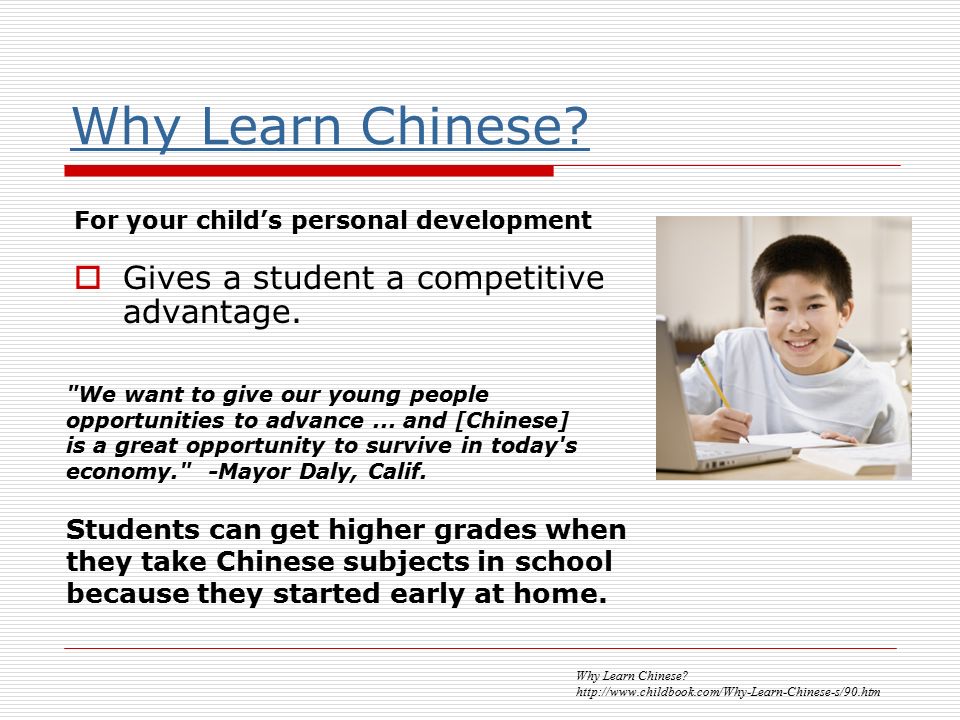
Games for learning to read
With the help of cubes or cards with letters and syllables, you can play different educational games with your child. Let's take a few examples.
Garages
Take a word of 3-4 syllables and place the cards in random order on the floor. Explain to the child how these syllables are read. These will be garages. Give the child different toys and offer to send them to the garage as you wish: for example, the car goes to the TA garage, the bear goes to the RA garage, the ball rolls to the KE garage, and so on. Make sure your child is positioning the toys correctly. At the end of the game, invite the child to make a word from garage syllables. Perhaps not the first time, but he will get a "ROCKET". Gradually introduce new syllables into the game.
<
Store
Lay out images of various goods on the table - this is a store, and you are a seller. Give your child a stack of cards with syllables - they will function as money. The child needs to buy all the items in the store, but each item is only sold for the syllable it starts with. For example, fish can only be bought for the syllable "RY", milk - for the syllable "MO", and so on. Give your child a few extra cards to make the task more difficult. When he gets used to it, change the conditions of the game: for example, sell goods not for the first, but for the last syllables. The game is both simple and complex: it will allow the child to understand that words are not always spelled the way they are pronounced. After all, a cow cannot be bought for the syllable "KA", for example.
The child needs to buy all the items in the store, but each item is only sold for the syllable it starts with. For example, fish can only be bought for the syllable "RY", milk - for the syllable "MO", and so on. Give your child a few extra cards to make the task more difficult. When he gets used to it, change the conditions of the game: for example, sell goods not for the first, but for the last syllables. The game is both simple and complex: it will allow the child to understand that words are not always spelled the way they are pronounced. After all, a cow cannot be bought for the syllable "KA", for example.
Lotto
Game for several people. Give the children several cards with syllables. Take out the cubes with syllables one by one from the box and announce them. Whoever has a card with such a syllable - he takes it. The first person to complete all the cards wins. During the game, children will accurately remember the syllables that they had on their hands.
Summary
Finally, a few more tips on how to teach a child to read:
- It is better to start teaching children to read by memorizing letters.
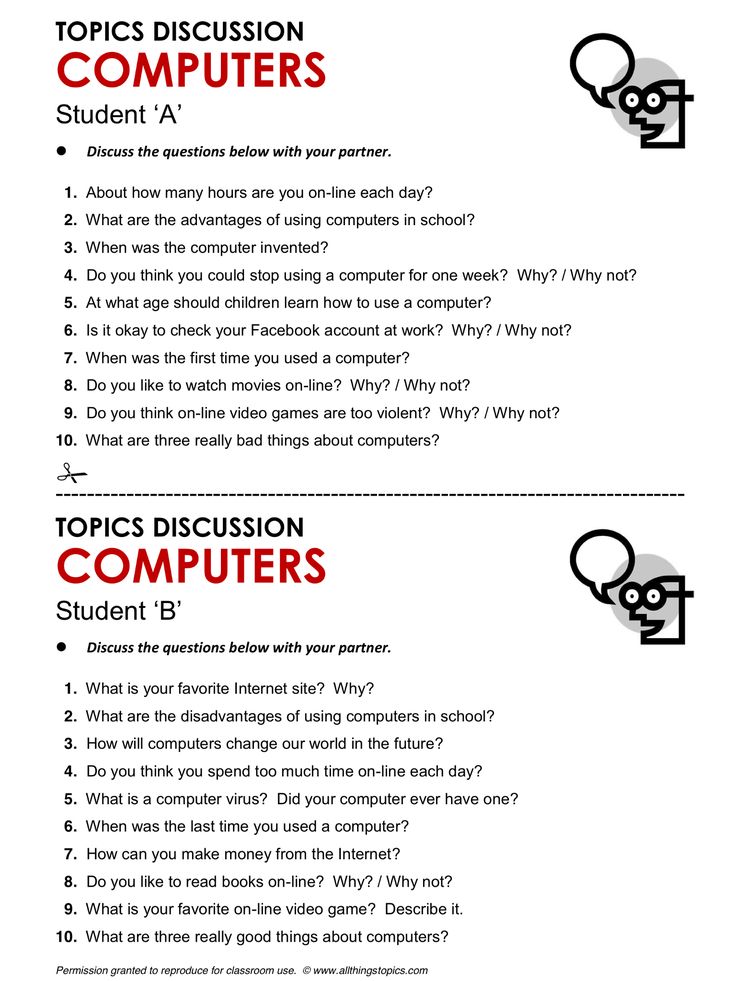 It is important that the child can recognize and name them without hesitation.
It is important that the child can recognize and name them without hesitation. - In the early stages, pronounce the consonants as they are read in words: not [em], [el], [de], but [m], [l], [d] - this way it will be easier for the child to find his bearings.
- Sculpt letters from plasticine, draw and color, buy an alphabet with voice acting - use all the channels of the child's perception.
- Gradually build letters into syllables and then into words. Play rearranging letters and syllables, let the child experiment.
- Teach your child rhymes about the letters of the alphabet, look at the primer, use cards with letters and pictures. Thanks to the illustrations, the child will be able to memorize the symbols faster.
- Distribute the load: fifteen minutes a day is better than an hour twice a week. Alternate entertaining and serious tasks.
- You can hang signs with their names on objects in the child's room - the child will quickly learn to recognize them in texts.

- Read aloud regularly to your child and gradually introduce them to independent reading. Every evening, offer to read at least a few lines from a well-known book on your own.
- Lead by example. For a child to want to learn to read, he must regularly see you with a book.
We hope that our recommendations will help you teach your preschooler to read. Even if your child is just learning to read, at Foxford Elementary School he will be able to improve his skills.
At what age should a child be able to read
The ability to read is one of the basic human social skills. Without it, it is impossible to receive and transmit information, therefore this skill should be developed in every person. Modern parents strive to teach their child to read as early as possible, so that by the time they start learning, they already have some knowledge base. So when should a child start doing this?
Content:
- A Few Important Details
When We Begin
Experts disagree about teaching children to read early, and neither do parents. Someone thinks that a child should get basic reading skills even before entering school: this will make it easier to adapt to the educational process. Others are sure that a teacher in the 1st grade should teach a child to read, since an unnecessarily early start to school is harmful for children: let them enjoy their childhood for now.
Someone thinks that a child should get basic reading skills even before entering school: this will make it easier to adapt to the educational process. Others are sure that a teacher in the 1st grade should teach a child to read, since an unnecessarily early start to school is harmful for children: let them enjoy their childhood for now.
Learning too early - why it is harmful
The development of a child's cognitive abilities follows certain patterns, certain stages, it is undesirable to change or accelerate it, and often it is completely impossible. Until the age of five, children think figuratively - in pictures, and it is difficult for them to perceive information in the form of letters, numbers or other signs. And even having understood the general principle of reading, little students read, but they cannot understand the essence of what is written.
Learning to read early can lead to health problems:
- excessive brain tension;
- abnormal blood flow to the cerebral hemispheres;
- eye strain.
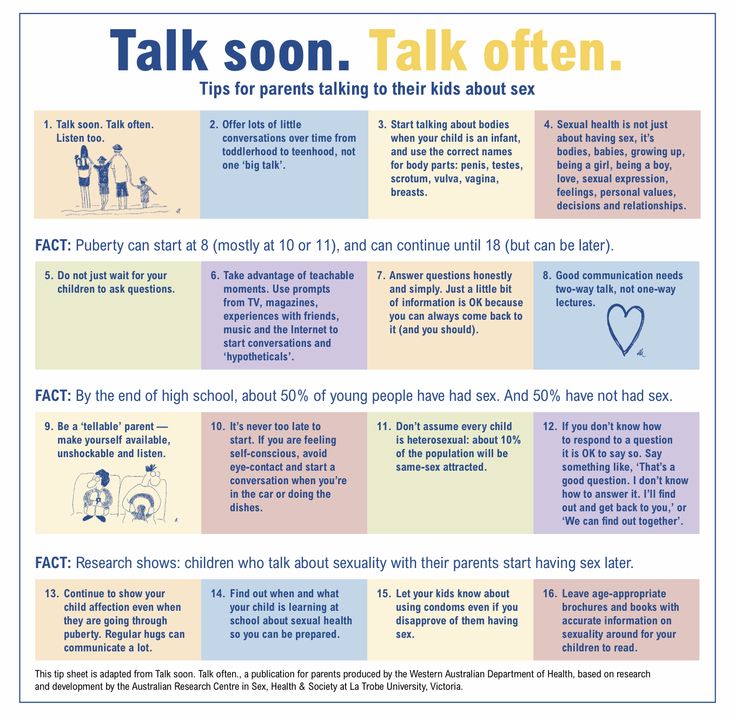
Intensive classes can unbalance the development of different types of thinking in a child: the emphasis will be on the logical, and the figurative will be “abandoned”. Yes, the child will become better at remembering, speaking, analyzing, thinking logically, but the development of the right hemisphere will be slowed down, and it is responsible for no less important dreams, emotions, understanding of music and color. The emotional development of the baby will be somewhat retarded, and at an older age this may respond with serious problems in the form of:
- lack of ability to empathize with others;
- difficulties with correct understanding of one's emotions;
- inability to determine one's strengths and weaknesses;
- difficulties in understanding one's own and social values;
- isolation and uncertainty.
It is known that many geeks are developed from early childhood, but most often, growing up, they do not have happiness and are poorly adapted to the realities of the world around them.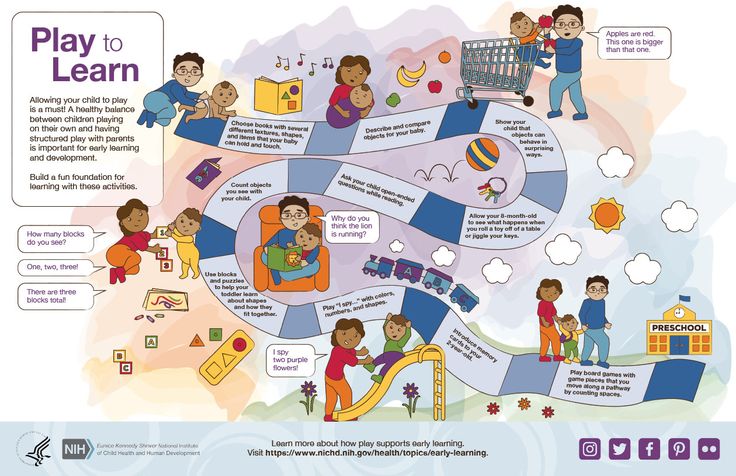 Therefore, it is more important to raise a socially adapted person from a child than to teach him to read too early.
Therefore, it is more important to raise a socially adapted person from a child than to teach him to read too early.
What the experts say
Psychologists, psychophysiologists and other experts recommend starting to teach a preschooler to read not earlier than he is 5 years old, but at the same time he must be ready to learn. They say about it:
A healthy five-year-old child usually has all of these skills. And at this age it is time to get acquainted with letters and sounds, then by the time of admission to grade 1, the child will master reading at a sufficient level.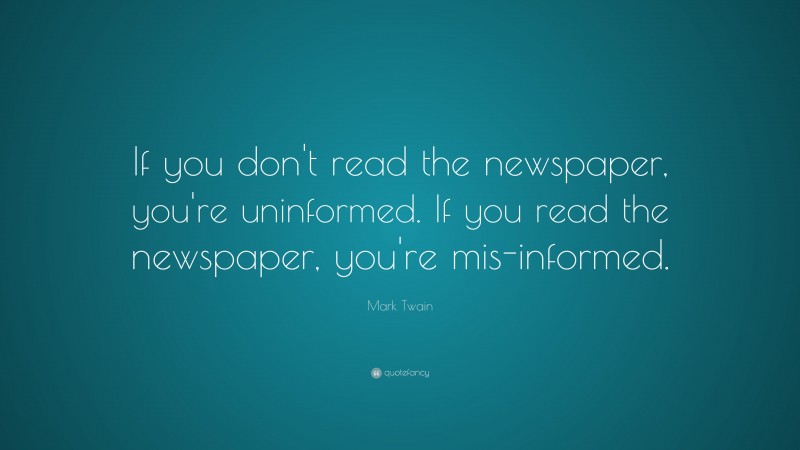
Is it possible to instill a love for reading
It is not enough to teach a child to read - he still needs to instill a love for this occupation. View your favorite books and read them, study the illustrations, get acquainted with the adventures of the characters. It is important that older family members show the child that reading is an amazing learning opportunity, and not a hateful duty. It will be useful if the child saw people with books in his close circle, then, imitating them, he himself will want to plunge into the world of literature.
The first reading lessons should be conducted in the format of a game: in this way the material will be absorbed by the child easier and better, the child will not have time to lose concentration during the lesson, and avoid stressful experiences.
Choosing a teaching method
Today there are many methods to teach a child to read, it is important to choose the one that suits your child.
Perhaps the most popular method is classes in the classical alphabet (the alphabet itself can be developed by any author).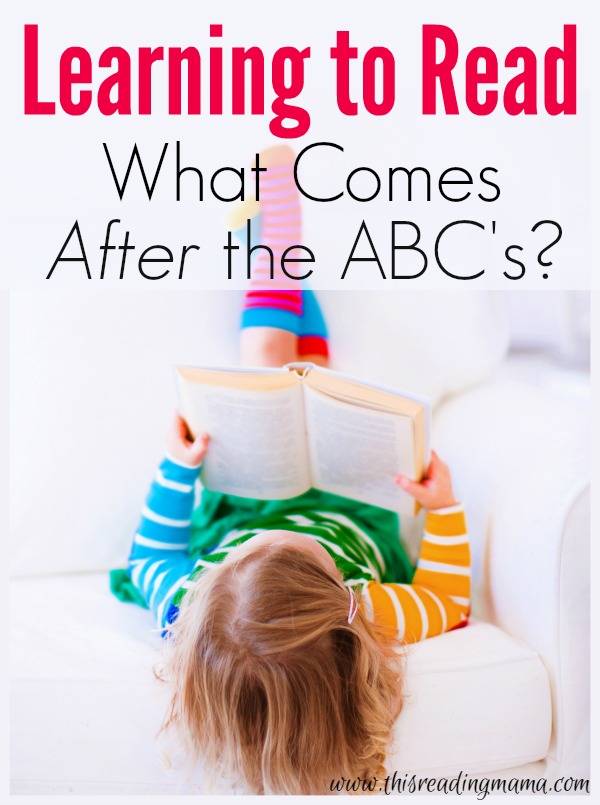 The kid quickly remembers the letter, as it will now be associated with a certain picture. Later, you can move on to another well-known book - the primer and study reading by syllables from it.
The kid quickly remembers the letter, as it will now be associated with a certain picture. Later, you can move on to another well-known book - the primer and study reading by syllables from it.
Many techniques are based on the use of cubes or tablets. They are convenient and interesting, but are often criticized by school teachers. It is believed that such training misses a very important component - basic familiarity with the alphabet.
The most famous of these techniques:
- Zaitsev's cubes - the emphasis is on making syllables from individual letters and words from syllables, understanding vowels, unvoiced and voiced, hard and soft consonants.
- Chaplygin cubes - training not only allows you to compose syllables and words, but also develops fine motor skills, and this will have a beneficial effect on the overall development of the child;
- Glenn Doman's cards - learning is based on the use of visual memory: syllables and words are printed on cards, and the child memorizes their spelling;
- "Skladushki" by Voskobovich - 21 cards with syllables, from which you can build houses with whole words.

The Montessori method is another well-known teaching option. Toddlers first master the letter, then move on to getting to know the letters, and then learn to read the syllables.
Are there any downsides to learning to read at home? In addition, at home, parents usually miss such an important part of the lesson as the sound analysis of the word, and the child may also have difficulty breaking down words into syllables. It is not easy to correct this mistake later, therefore it is better to immediately entrust a professional teacher to teach the child to read and write. It can be either a private tutor or a teacher of preparatory courses before the first grade - such classes are held today in literally every school.
A few important details
If you decide to teach your child to read at home, it is important to follow a few rules. All studies should be built on the principle “From simple to complex”, that is, you first need to learn letters and sounds, then you can start to compose them into syllables and only then move on to whole words.

